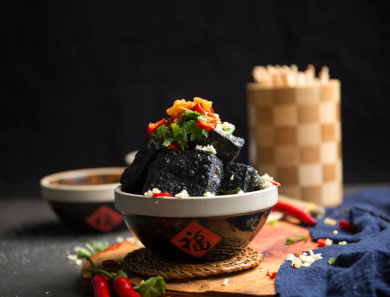Dumplings: A Culinary Tradition with Thousands of Years of History
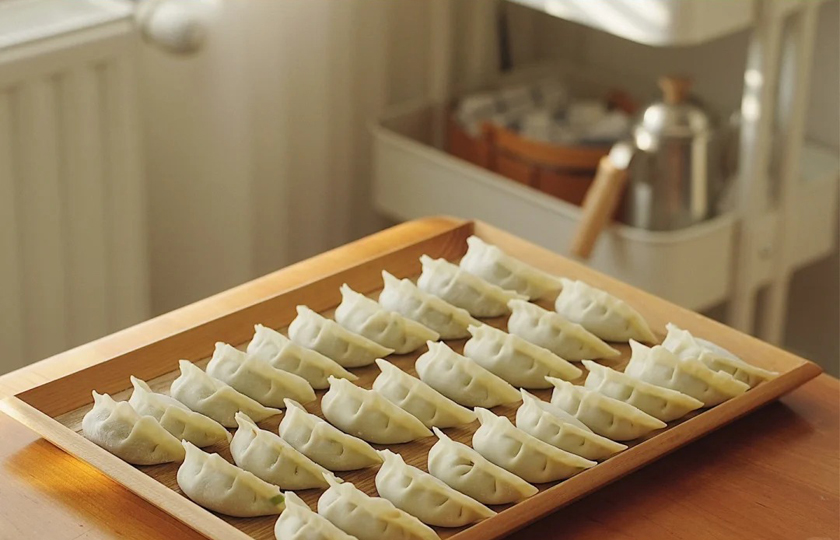
Dumplings, these small delicacies, carry a rich history. They're not just a treat for the taste buds but also a flavor of life and a cultural tradition. Today, let's explore the legendary history of dumplings and uncover their unique marks.
What is dumplings?
Dumplings are a beloved traditional food in China, especially popular in the northern regions where they serve as a staple and local snack, as well as a festive dish during holidays. They are typically made by wrapping a filling of meat or vegetables in a dough skin, then cooking them by boiling, steaming, or pan-frying. Dumplings come in various shapes, such as half-moons or rounds, symbolizing reunion and completeness.
Who first invented dumplings?
Dumplings were originally called "Jiao'er" and are believed to have been invented by Zhang Zhongjing, a renowned Chinese physician. During the Eastern Han Dynasty, Zhang served as the governor of Changsha. In the harsh winter, many people's ears suffered from frostbite. To help, Zhang wrapped warming ingredients like pepper and lamb in dough, shaping them like ears, and called them "Jiao'er." After cooking them, he distributed them to the people. Eating these dumplings and drinking the broth warmed them up and healed their frostbitten ears. To commemorate Zhang Zhongjing, the tradition of eating dumplings on the Winter Solstice began.
The evolution of dumpling names
Throughout its long history, dumplings have been known by various names. During the Three Kingdoms period, they were called "Crescent Wontons." In the Northern and Southern Dynasties, they were simply known as "Wontons." By the Tang Dynasty, they were referred to as "Crescent-Shaped Wontons." In the Song Dynasty, they became "Jiaozi," and during the Yuan Dynasty, they were called "Bianshi." It wasn't until the Qing Dynasty that they were officially named "Jiaozi," or dumplings. These name changes reflect the evolution and regional characteristics of dumplings throughout different historical periods.
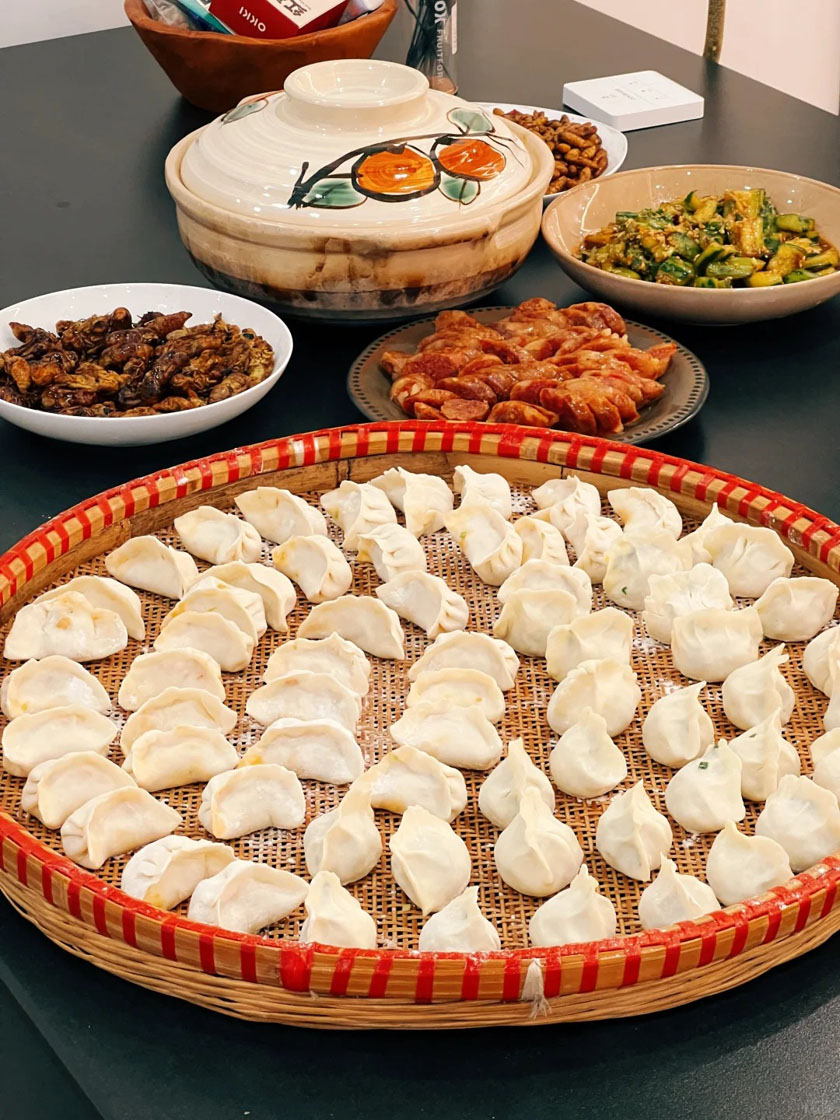
The Development of Dumplings
1.Three Kingdoms to Northern and Southern Dynasties: In the book "Guang Ya" by Wei Zhangyi, there is mention of foods similar to dumplings. During the Northern and Southern Dynasties, wontons became very popular. Their shape and method of consumption were similar to modern dumplings, typically served in a bowl with soup.
2.Tang and Song Dynasties: By the Tang Dynasty, dumplings resembled what we know today, usually served on a plate and eaten individually. In the Song Dynasty, they were called "Jiao’er," which later evolved into the term "Jiaozi."
3.Yuan, Ming, and Qing Dynasties: In the Yuan Dynasty, dumplings were introduced to Mongolia, where they were influenced by the Mongolian people's bold nature, resulting in larger and thicker versions. As the Mongol Empire expanded, dumplings spread worldwide, developing various adaptations. By the Ming Dynasty, eating "Bianshi" during the New Year in northern China replaced traditional foods like rice balls and cakes. In the Qing Dynasty, dumplings gained more names, such as "Jiao’er," "Shui Dianxin," and "Zhu Bo Bo," reflecting their growing popularity across regions.
4.Modern Era: With commercialization and population movement, dumplings have become a beloved dish nationwide. Especially during the Spring Festival, dumplings are an essential part of the celebrations.
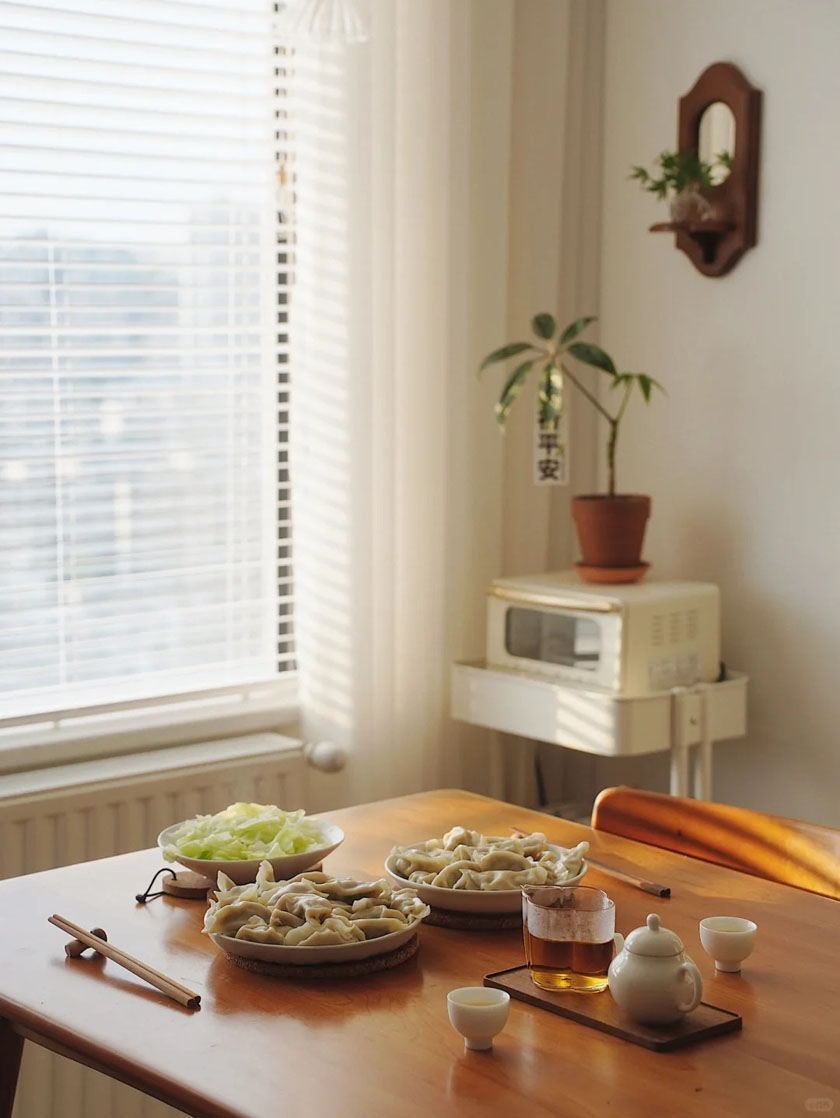
The Symbolism of Dumplings
In Chinese culture, dumplings carry rich symbolism, often associated with good fortune, family reunion, and prosperity. Here are some common meanings:
Reunion:
Making dumplings often involves the entire family, symbolizing unity and harmony.
During the Spring Festival, families gather to make and eat dumplings, representing togetherness and happiness.
Wealth:
Dumplings resemble ancient gold and silver ingots, making them a symbol of wealth.
Eating dumplings is believed to attract wealth and prosperity.
Good Luck:
Dumplings are eaten during the Spring Festival, symbolizing good luck and happiness.
The ingredients also have auspicious meanings, such as chives for longevity and happiness, and pork for abundance and prosperity.
New Beginnings:
According to tradition, eating dumplings at midnight on New Year's Eve signifies "changing of years," marking the transition from the old year to the new one.
Peace and Harmony:
Eating dumplings symbolizes a wish for peace and harmony, hoping for favorable weather, a bountiful harvest, and success in the coming year.
Family Joy:
During the New Year, families sit together to enjoy dumplings, sharing happiness and joy.
Additionally, dumplings symbolize longevity, purity, and progress. They are more than just a delicious dish; they are a cultural tradition and an emotional bond. On important holidays or special occasions, people eat dumplings to express their hopes and wishes for a better life.
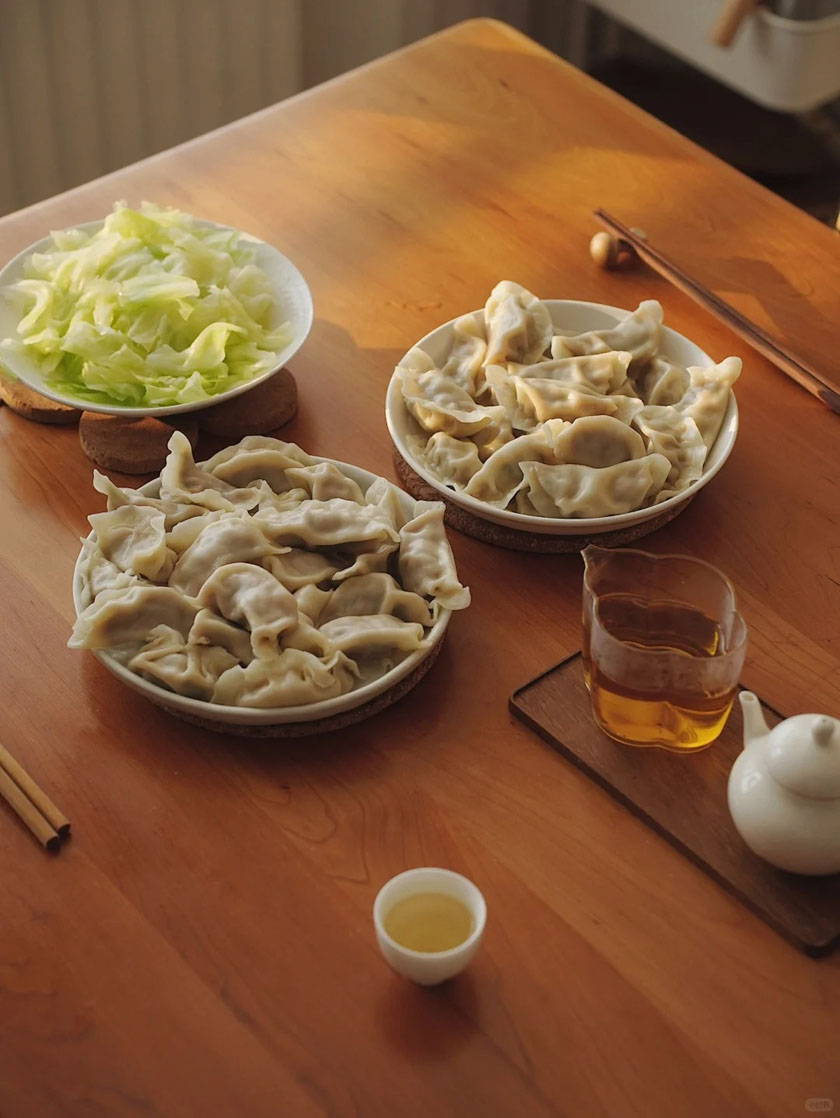
Types of Dumplings
1.By Filling Type
All-Meat Dumplings:
Pork Dumplings: One of the most common types, made with a mix of fatty and lean pork, such as pork belly. The meat is minced and combined with scallions, ginger, garlic, salt, soy sauce, dark soy sauce, cooking wine, and sesame oil. These dumplings are tender, juicy, and aromatic.
Beef Dumplings: Made primarily with beef, often using tenderloin or chuck for a juicy texture. Besides basic seasonings, you can add Sichuan peppercorn water to remove any gamey taste and enhance flavor, along with onions and celery for a rich, hearty taste.
Lamb Dumplings: Popular in northern regions, lamb is warming and perfect for cold seasons. Fresh lamb is combined with carrots and leeks, and spices like cumin are added to balance the flavor, creating a unique taste.
Vegetarian Dumplings:
Chive and Egg Dumplings: A classic vegetarian option. The strong aroma of chives blends with scrambled eggs, seasoned with salt, pepper, and sesame oil for a refreshing and delicious taste.
Mushroom and Greens Dumplings: Made with mushrooms and greens like spinach or bok choy. Mushrooms add a rich flavor, while greens provide a fresh taste. Season with salt, soy sauce, and oyster sauce for a natural flavor.
Tofu Dumplings: Soft tofu absorbs flavors well. Crumble it and mix with minced scallions, ginger, salt, and spices like Chinese five-spice, along with diced carrots and wood ear mushrooms for a unique taste.
Mixed Meat and Vegetable Dumplings:
Celery and Pork Dumplings: Celery adds a crisp texture that pairs well with pork. The pork's fat balances the dryness of celery, while celery's freshness cuts through the pork's richness. Mix chopped celery with seasoned pork for a delightful combination.
Mushroom and Pork Dumplings: The rich flavor of mushrooms complements pork perfectly. Dice mushrooms and mix with pork, soy sauce, cooking wine, and scallions for a flavorful and satisfying dumpling.
Sauerkraut and Pork Dumplings: Popular in northeastern China, sauerkraut adds a tangy taste. Mix chopped sauerkraut with pork, salt, and pepper for a savory, appetizing dumpling.
2.By Cooking Method
Boiled Dumplings: The most common method. Dumplings are boiled until they float, then cold water is added, repeating 2-3 times until fully cooked. The result is soft dumplings with juicy fillings.
Steamed Dumplings: Placed in a steamer, these dumplings retain their shape and the full flavor of the filling. Cantonese shrimp dumplings are a prime example, with a delicate, translucent skin showcasing the shrimp inside.
Pan-Fried Dumplings: There are different methods. One involves boiling first, then frying until the bottom is golden and crispy. Another method cooks raw dumplings in a pan with oil and water, covered, using steam to cook through before frying off the moisture for a crispy bottom, like potstickers.
3.By Regional Specialty
Northeastern Dumplings: Known for their rich fillings and larger size. Besides sauerkraut and pork, chive and egg, there are wild vegetable fillings like shepherd's purse. These dumplings are hearty with thick skins.
Shandong Dumplings: As one of the origins of dumplings, Shandong focuses on the original flavor of fillings, like mackerel dumplings made with fresh fish and a hint of chives, showcasing local seafood.
Cantonese Dumplings: Represented by shrimp dumplings, made with a translucent dough that encases fresh shrimp and pork. These small, delicate dumplings are a staple of Cantonese dim sum, known for their smooth and flavorful taste.
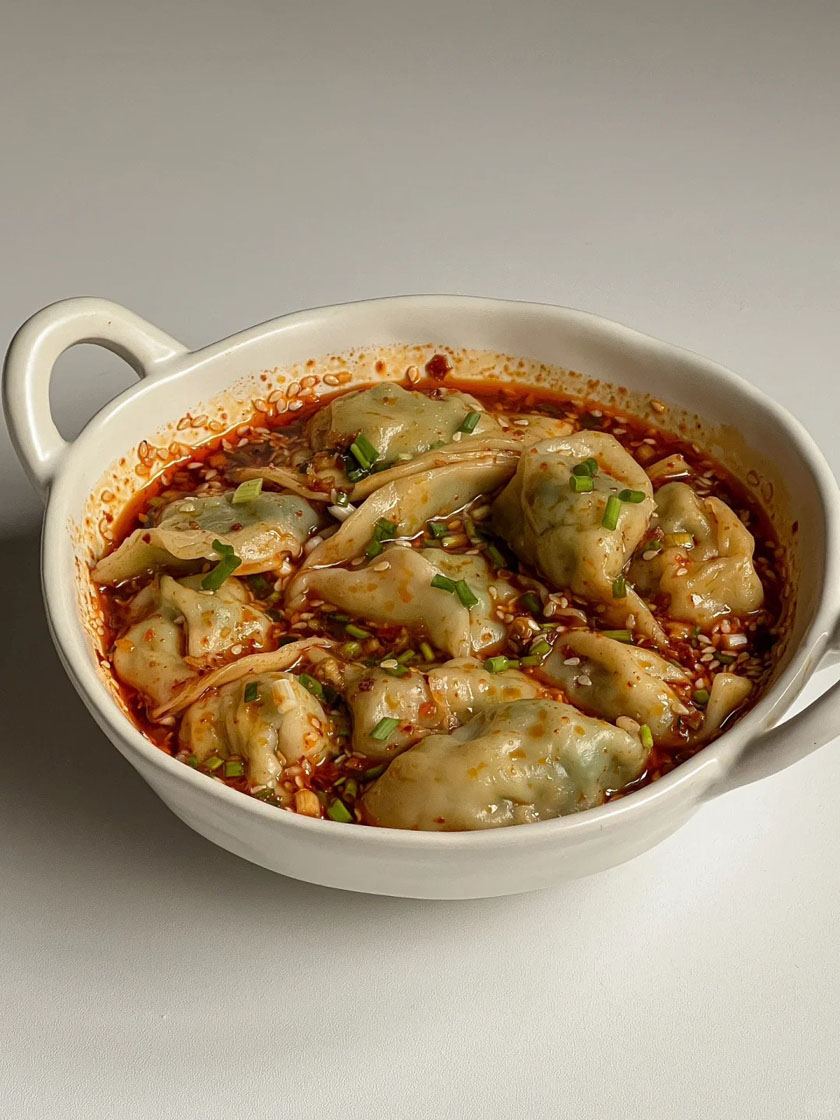
In which countries are dumplings particularly popular?
In Asia, Japan's pan-fried dumplings, "Gyoza," are well-known and often served as a side dish with rice. Their small size and unique flavor are beloved by the Japanese. Korea's "Mandu" is similar to Chinese dumplings, with various shapes that can be steamed or boiled, and fillings often include Korean specialties like tofu, bean sprouts, and kimchi. Vietnam's "Banh Bot Loc" features a translucent tapioca skin filled with pork and shrimp, offering a chewy texture. Nepal's "Momo," possibly introduced from Tibet, comes with vegetable or beef fillings and is accompanied by a distinctive dipping sauce.
In Europe, Russia's "Pelmeni" is a traditional dish often served with sour cream and can be either sweet or savory. Italy's "Ravioli" resembles Chinese dumplings but has a golden-yellow dough, with fillings like cheese, tomatoes, and ham.
In Latin America, "Empanada" is popular in Mexico, Argentina, and Chile. These large, flat dumplings come with a wide variety of fillings. In Oceania, with the increase of Asian immigrants, dumplings have become increasingly popular in Australia and New Zealand.













